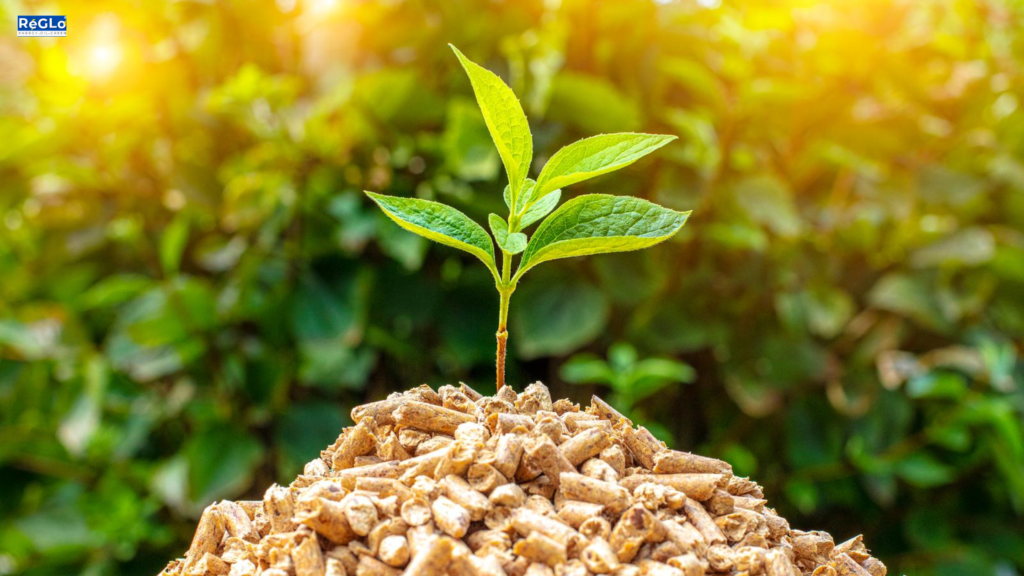Biomass Energy: Turning Waste into Power

The global energy crisis and climate change have intensified the demand for sustainable energy solutions. Among the leading renewable energy sources, biomass energy stands out as an innovative and efficient way to harness waste materials for power generation.
This approach provides a viable alternative to fossil fuels, transforming organic waste into renewable energy while offering environmental and economic benefits.
What is Biomass Energy?
Biomass energy is derived from organic materials such as agricultural waste, forest residues, and municipal solid waste. These natural materials can be processed and converted into biomass power—electricity or heat—through various technologies.
Unlike fossil fuels that release ancient carbon into the atmosphere, biomass serves as a renewable energy source by recycling carbon already in circulation. By repurposing organic waste that would otherwise end up in landfills, biomass energy not only generates power but also alleviates the environmental and logistical challenges of waste management.
How Biomass Energy is Generated
Biomass energy production utilizes different processes, each tailored to specific types of organic materials. The most common methods include:
- Combustion – Biomass is burned to generate heat, which is then used to produce electricity in power plants.
- Anaerobic Digestion – Organic waste is decomposed by microorganisms in an oxygen-free environment, producing biogas that can be captured and used as energy.
- Gasification – Biomass is heated in a low-oxygen environment to produce syngas, which can be converted into energy.
These processes are designed to maximize energy efficiency while minimizing waste, making biomass a crucial component of the renewable energy landscape. Modern biomass power plants are increasingly equipped with advanced technologies to improve efficiency and lower emissions, strengthening biomass as a sustainable energy solution.
Environmental Impact – A Cleaner Energy Alternative
One of the biggest advantages of biomass energy is its positive environmental impact. By capturing carbon from waste and reintegrating it into the natural carbon cycle, biomass energy helps reduce greenhouse gas emissions.
Unlike fossil fuels, which release stored carbon, biomass maintains a balance, significantly lowering emissions. For example, biomass power can reduce carbon dioxide emissions by up to 90% compared to traditional fossil fuels. It also mitigates methane emissions by preventing organic waste from decomposing in landfills, a process that releases harmful greenhouse gases.
By converting waste into energy, biomass technology promotes cleaner cities and rural areas while addressing waste management challenges. This contributes to a circular economy, reducing landfill use and further benefiting the environment.
Challenges and Future Prospects
Despite its promise, biomass energy faces challenges. Sourcing sustainable and consistent biomass feedstocks can be complex, and the costs of developing large-scale biomass power plants remain high. Additionally, improper biomass production can lead to concerns like deforestation and habitat loss.
However, with technological advancements and stronger regulatory frameworks, biomass energy has the potential to become a key component of the global renewable energy mix. As countries invest in expanding biomass power infrastructure and developing innovative waste-to-energy solutions, biomass will play a crucial role in reducing global emissions and fostering a greener economy.
Conclusion
Biomass energy is more than just a renewable resource—it’s an essential part of the solution to the world’s energy and environmental challenges. By transforming waste into power, biomass reduces emissions, tackles waste issues, and supports a circular economy.
As technology advances and investment grows, biomass energy is set to play a vital role in the global transition toward renewable energy sources and a more sustainable future.
